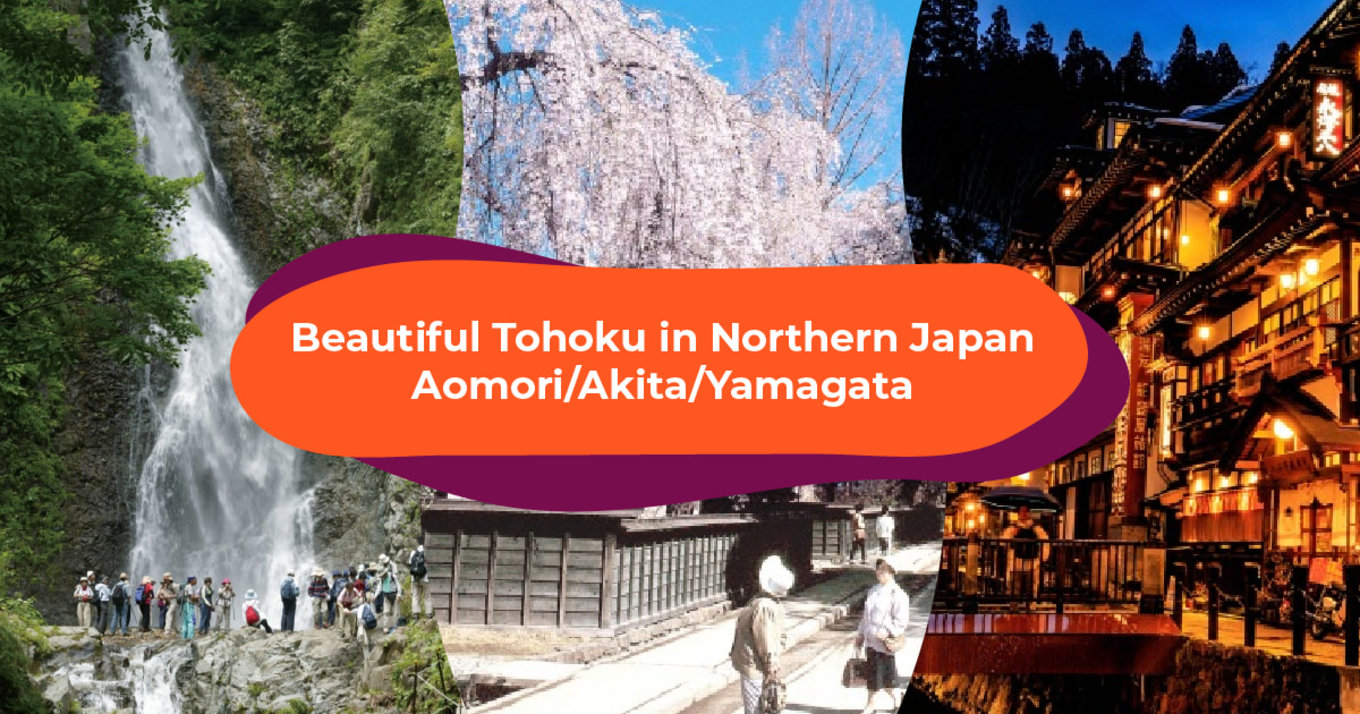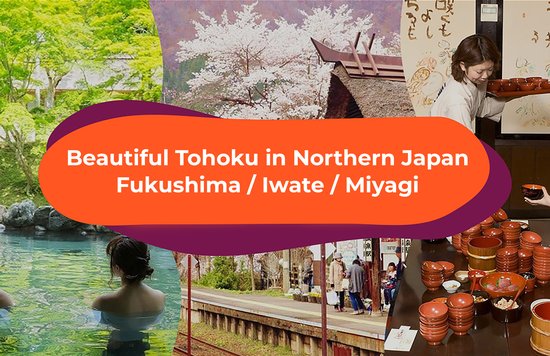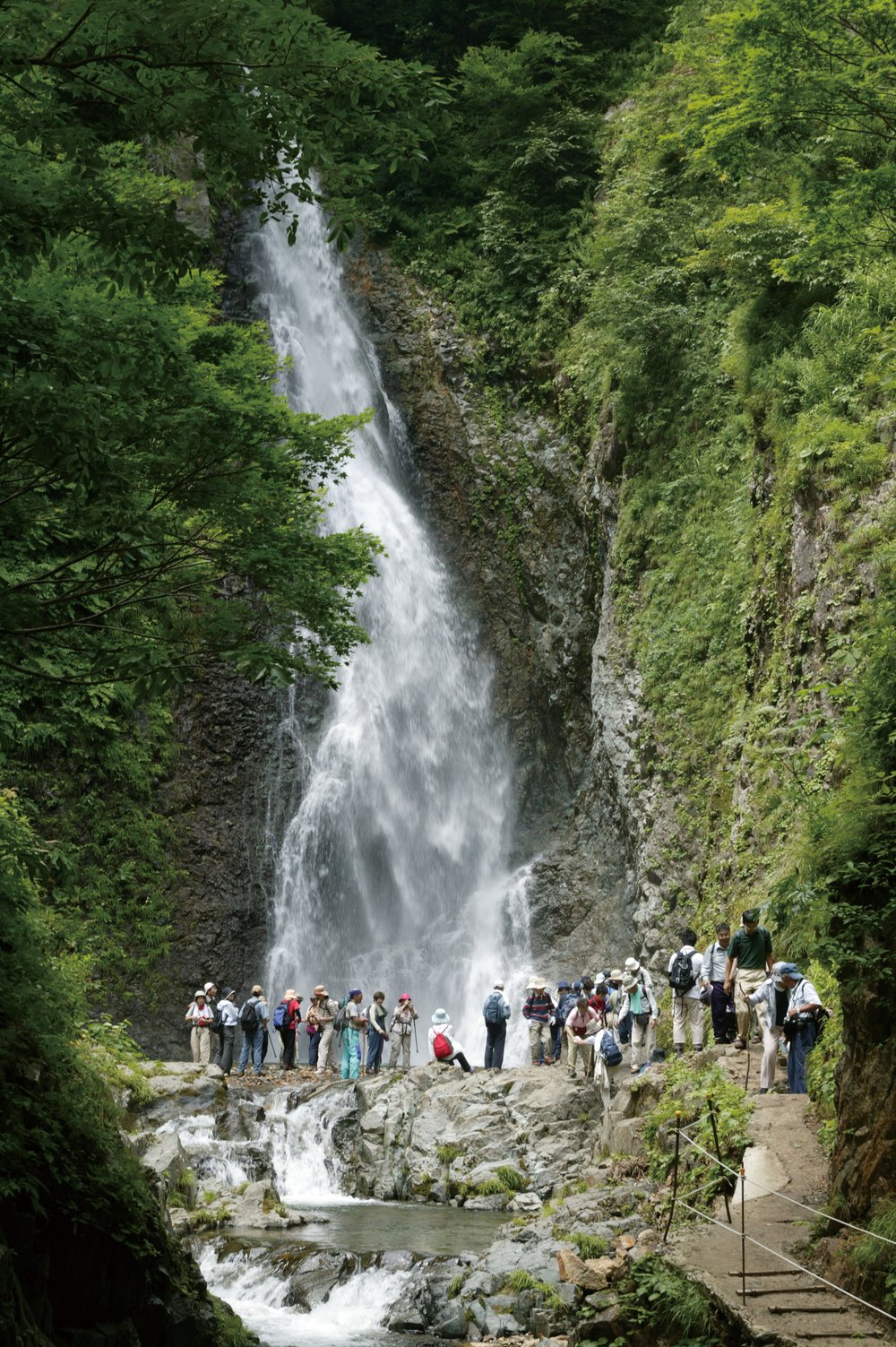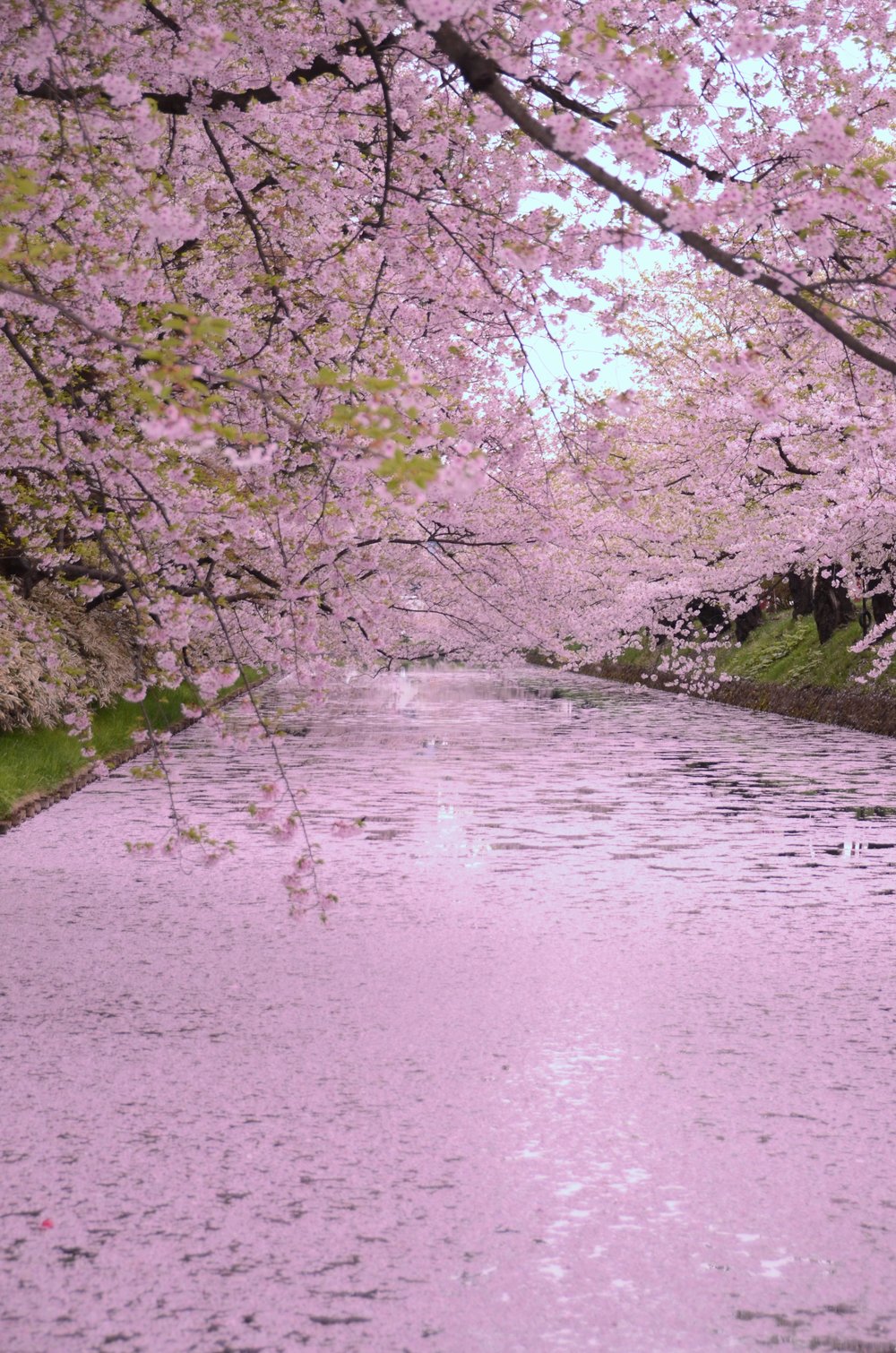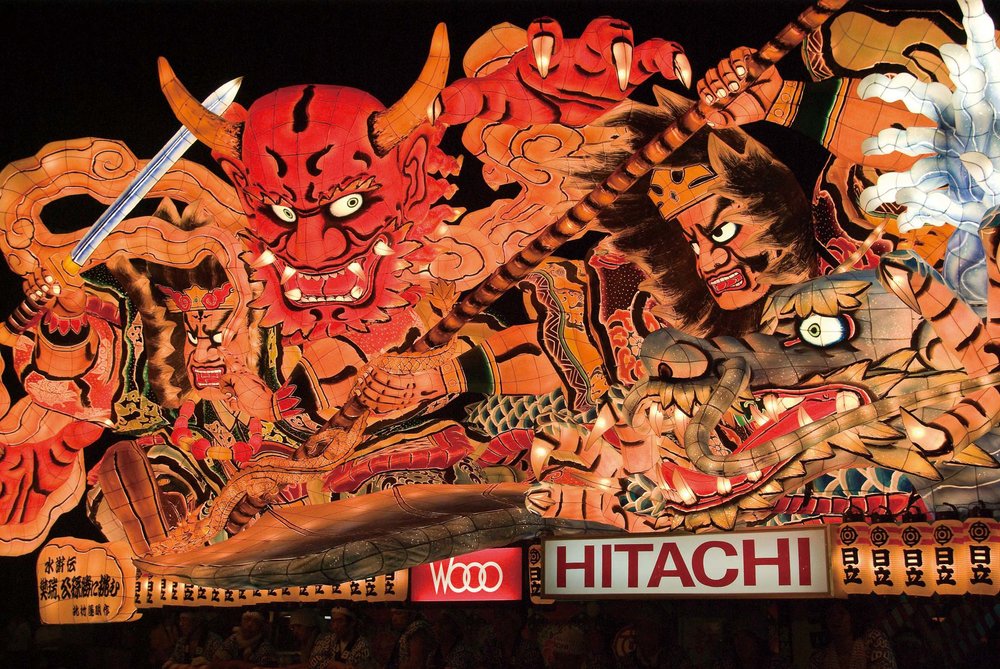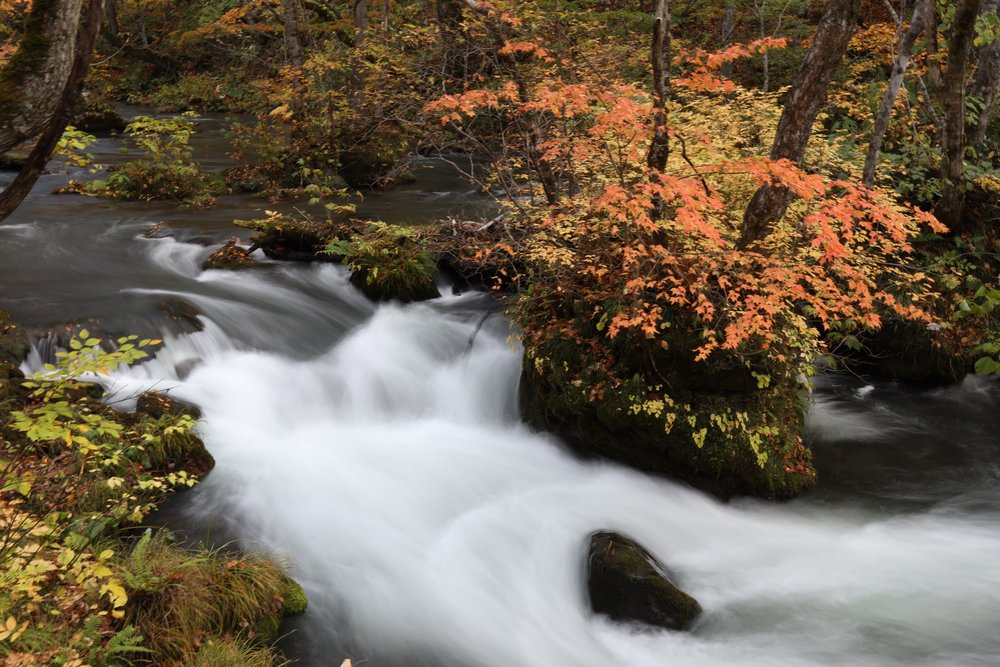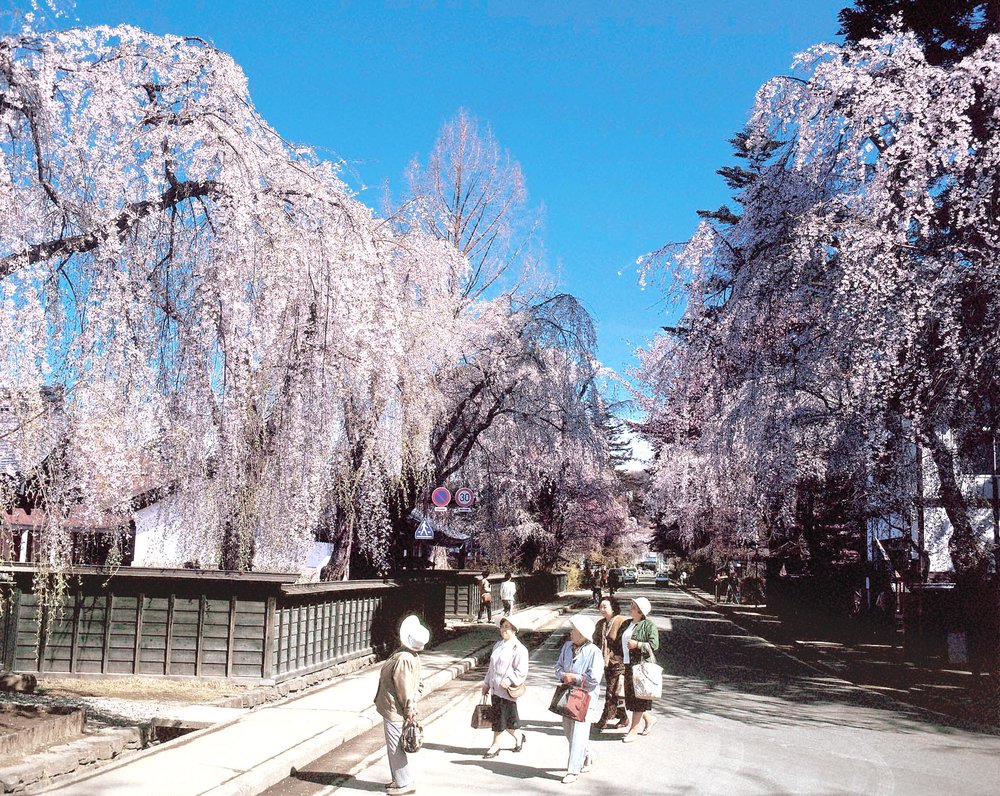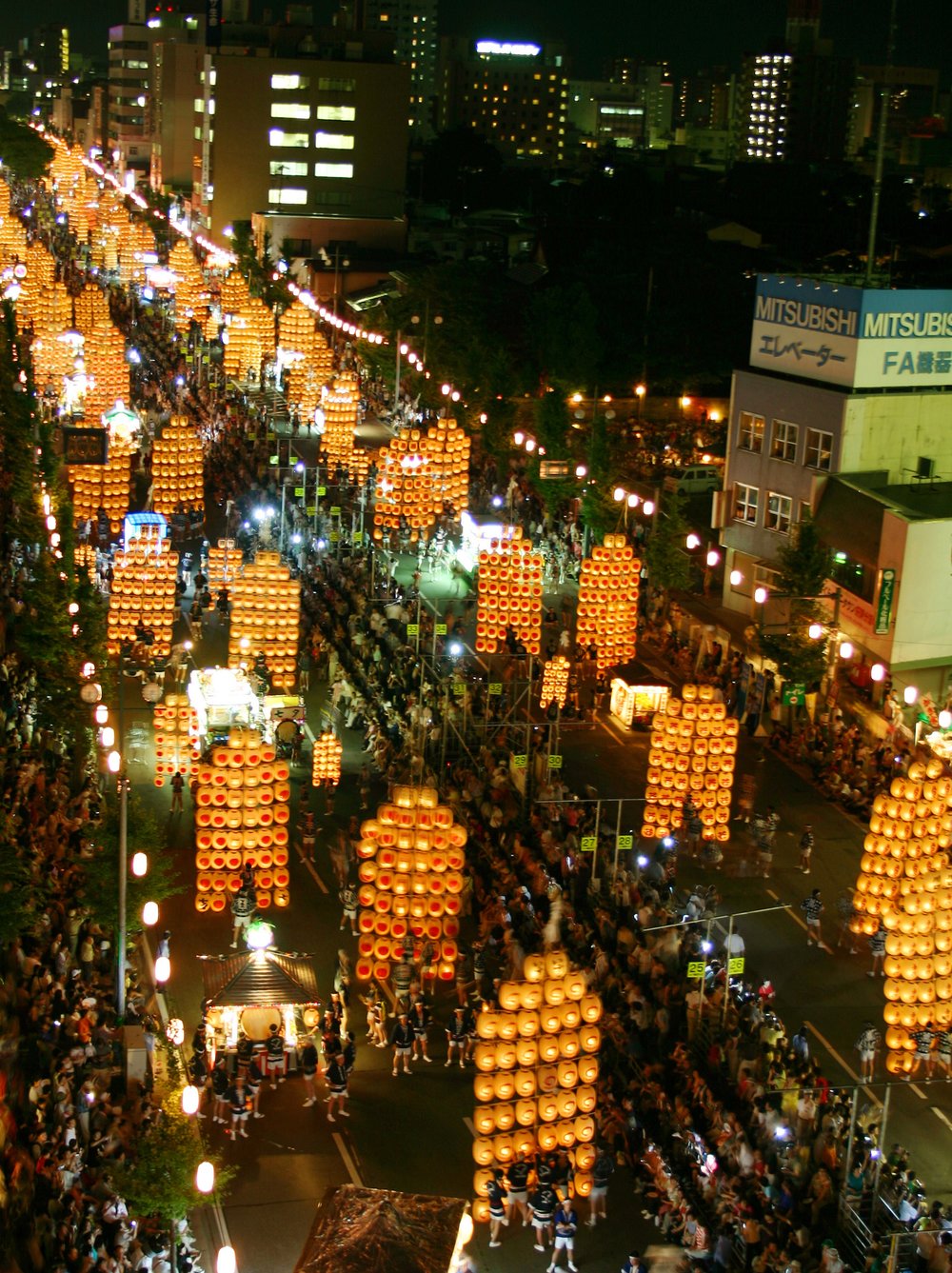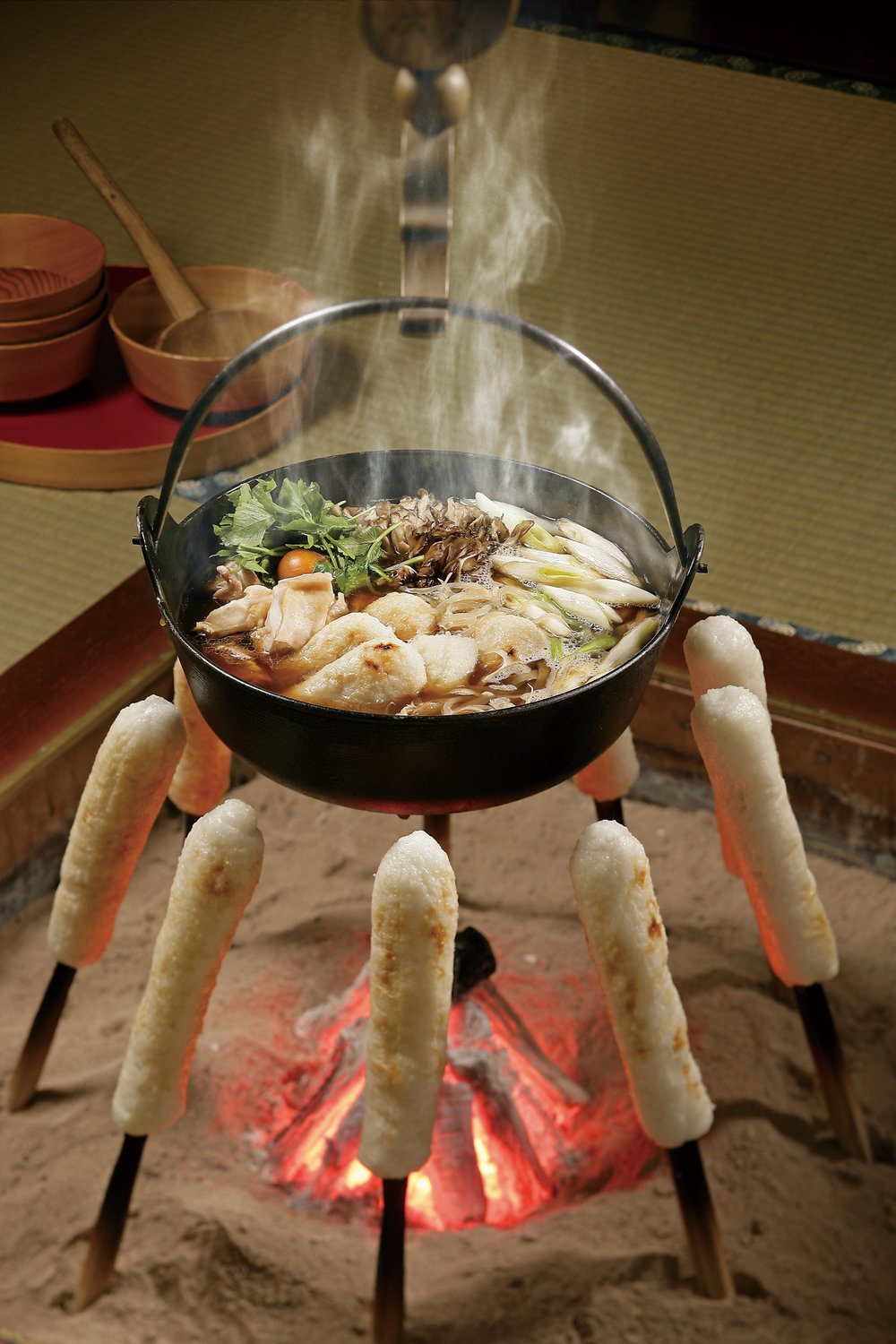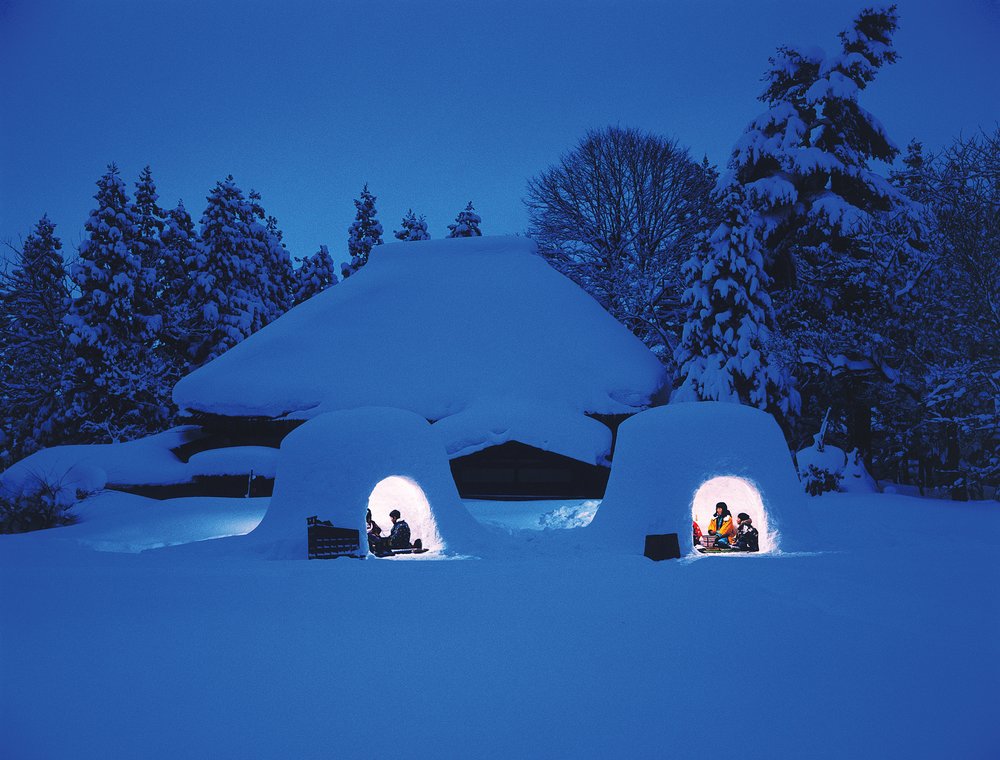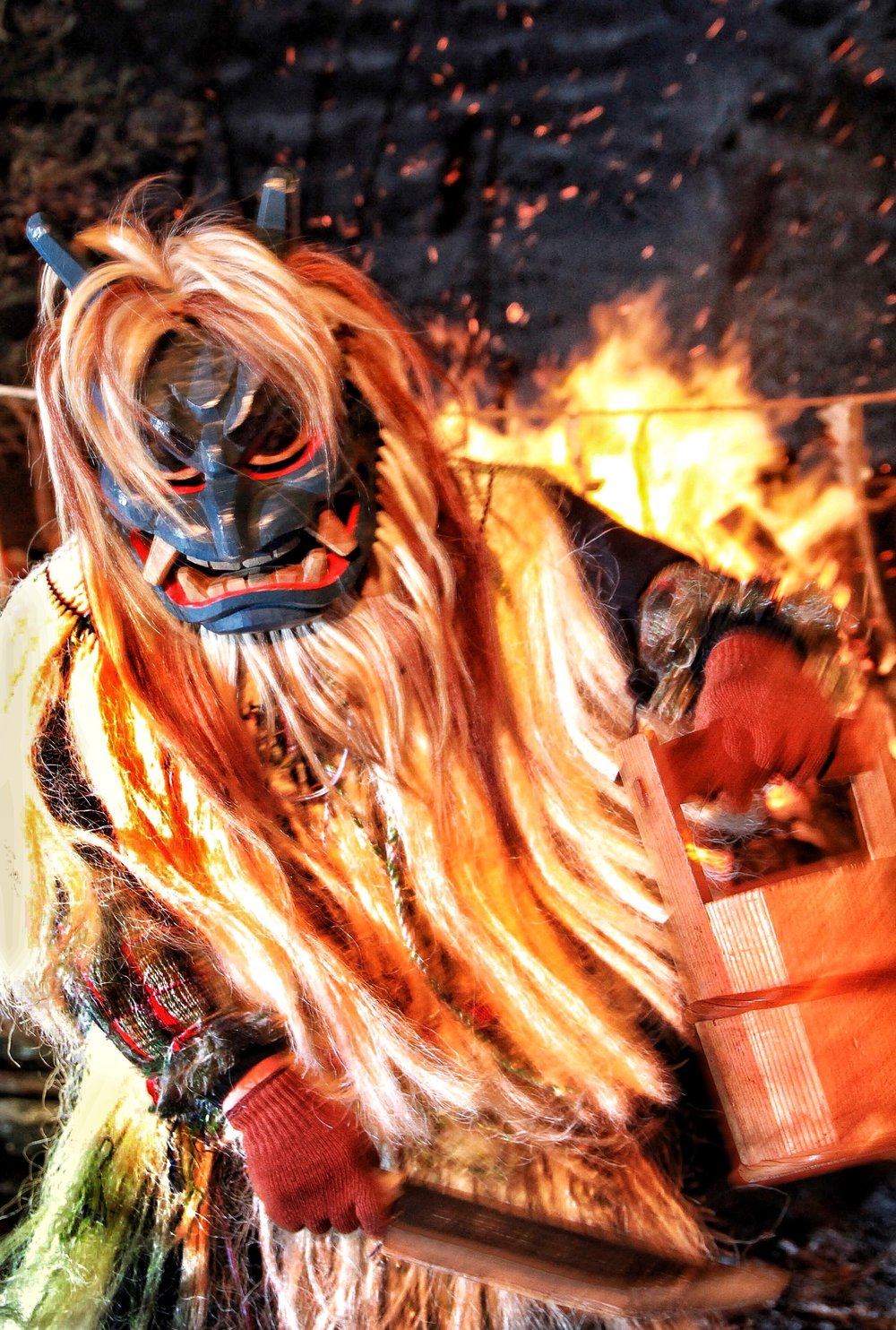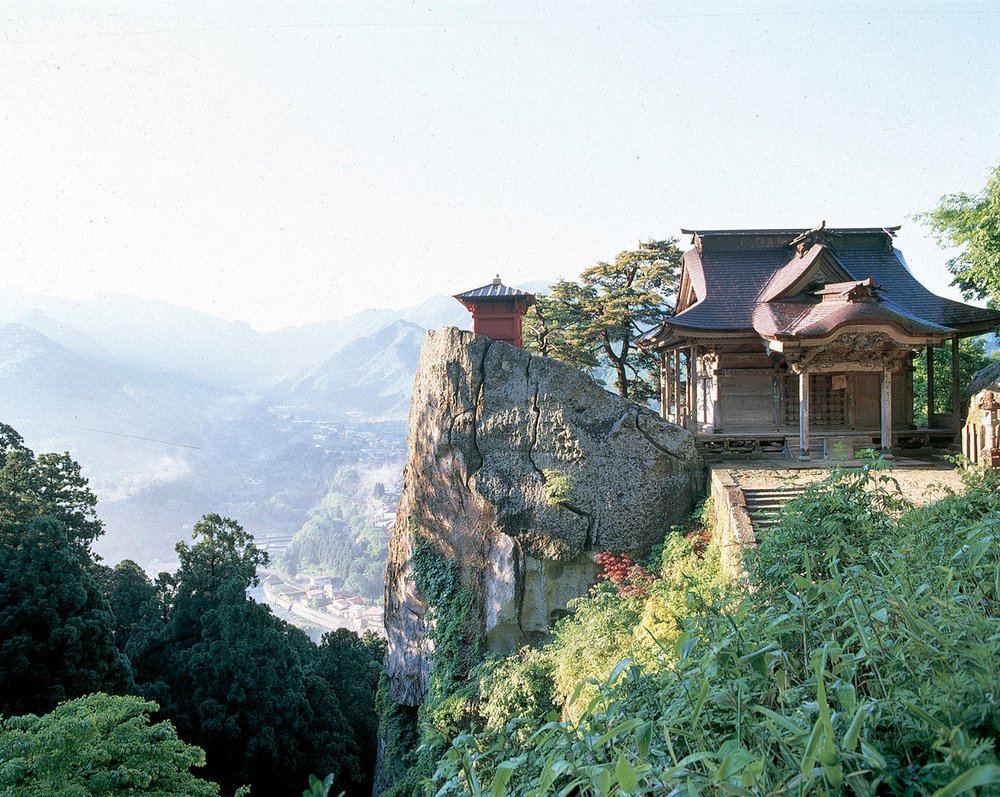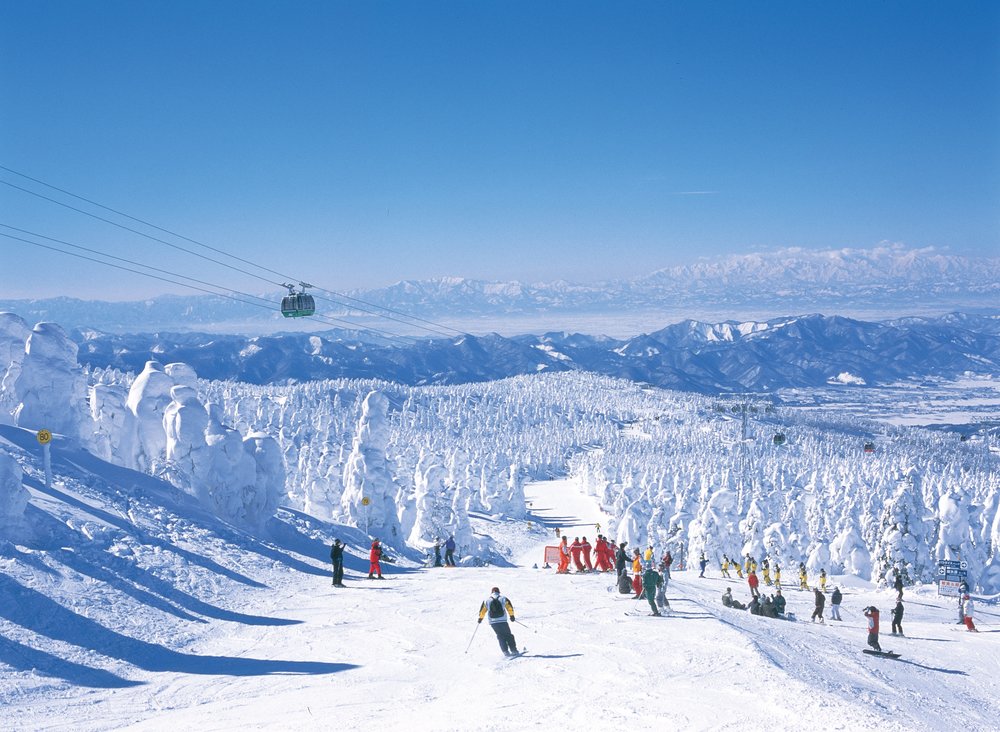No matter what season it is, Tohoku is filled with dazzling sights that you can’t miss!
Planning for your big Japan trip, but can’t decide whether you should visit during Spring to see the cherry blossoms or during Winter to ride the astonishing ski slopes? Or maybe you want to try something new and beyond the mainstream for tourists, such as witnessing the Kanto Festival during Summer or visiting the Kakunodate samurai district.
Whichever season you choose, Aomori, Akita, and Yamagata prefectures in the Tohoku region or Northeast Japan prefectures all have breathtaking sceneries and unique experiences. Thanks to the mountainous terrains, hot springs, and skiing experiences, these three prefectures are worth visiting any time of the year!
While there are six prefectures in Tohoku, which include Iwate, Miyagi, and Fukushima, we'll focus on Aomori, Akita, and Yamagata since there's just so much to do! If you want to learn more about the other three prefectures, check out our guide to their onsens and unique food!
HOW TO GET TO TOHOKU
One of the most popular and convenient ways of getting to the Tohoku region is through Shinkansen, or more known to English speakers as the bullet train. You can book a JR EAST PASS (Tohoku area) which you can use for five consecutive days to explore Yamagata, Akita, and Aomori. Enjoy the views along the way or even take a power nap to energize you throughout your trip.
The closest stop among the three prefectures is Yamagata, which would take you around 160 min (2 hours 40 min) to arrive at. Next up is Shin-Aomori Station, which you'll arrive at around 180min (3 hours) and finally Akita Station, at around 230 min (3 hours and 50 minutes). Make sure to rest well during your ride, listen to your favorite music or watch your favorite movie, and recharge yourself until you arrive.
Now that you know how to get to Tohoku, check out Aomori, Akita and Yamagata during the four seasons!
Aomori
Spring
Shirakami Sanchi is a mountain range that runs through the border of Aomori and Akita and is home to several hiking trails, waterfalls, and lakes. These natural wonders make for a dazzling Spring visit, with all the flora in full bloom. The Juniko or "twelve lakes" is a popular destination thanks to its scenic hiking trails that connect the lakes and many fishing spots. If you love peace and serenity amidst nature, then visiting the Shirakami area in spring is a must!
Of course, what's a visit to Japan without checking out the lovely sakura? The Hirosaki Cherry Blossom Festival held between April 23 and May 5 annually is also worth visiting!
Summer
One of the highlights of Summer in Aomori is the Aomori Nebuta Festival, which is held every August 2 to 7 yearly. The festival showcases enormous traditional lanterns made of washi paper and wireframes that portray gods, historical and mythical figures, and even popular TV or manga characters. Aomori also has a Nebuta museum where you can check out the beautifully constructed lanterns used in previous festivals.
Autumn
The yellow foliage that envelops Oirase Stream or "mountain spring" is absolutely stunning during Autumn! The temperature is cooler than summer, but not as cold as winter, so you can enjoy the 14-kilometer stream and all of its beauty. Here, you can simply take it slow, admire the picturesque natural beauty of the mountain spring and its surroundings, and take in the fresh forest air!
Winter
Aomori is home to several ski slopes that are well-loved destinations during the winter. These snowy-white wonderlands are known for their smooth snow that allows for a unique skiing experience. One of the most famous ski destinations in Aomori is Hakkoda, known for its famous coat of ice on trees as well as its view of Tsugaru Shimokita Peninsula and even Hokkaido when the sky is clear and sunny.
Akita
Spring
Japan is inextricably tied to the globally renowned history of samurais, which is why millions of people journey to Kakunodate in Akita. Known as the samurai district, Kakunodate features many preserved streets and houses where samurais used to dwell, making a walk there seem like time travel.
Kakunodate is also known for its cherry blossom viewing spots that surround river banks and streets, especially during springtime.
Summer
The Akita Kanto Festival, along with the Aomori Nebuta Festival, is part of the three major festivals in the Tohoku region during the summer. Around 280 Kanto lanterns or rice paper lanterns adorn the city, giving off brilliant light at every turn.
Fall
Kiritanpo is a staple dish that is served any time of year, but it's best enjoyed in fall to warm you right up, especially when you opt for Kiritanpo soup. This local specialty of Akita is made up of rice served on sticks, like rice skewers. There are several traditional Kiritanpo restaurants in Akita that are perfect for foodies that want to truly immerse themselves in the culture!
Winter
Winter in Akita is filled with one-of-a-kind cultural experiences, such as the Kamakura (Yokote Snow Festival), a small, symbolic New Year event wherein residents set up a snow hit altar to celebrate the water god. Children would also playfully reenact the Kamakura winter.
The Namahage Sedo Festival is a folk festival in Akita held every February, which welcomes demons to usher in good harvests in the coming months. The youth dress up as namahage or "demon-like beings" by donning traditional masks and straw capes. Namahage became a National Important Intangible Folk Cultural Property in 1978 and a UNESCO Intangible Cultural Heritage in 2018.
These festivals offer cultural immersions like no other!
Yamagata
All Seasons
Yamadera is a temple that is around a thousand years old nestled in the mountainside in Yamagata that is perfect for hikes any season of the year. Each season in Yamadera offers its unique colors and beauty, so feel free to visit anytime, or even visit once every season! Aside from the stunning temples themselves, Yamadera also offers breathtaking views of the valley below!
Winter
Winter in Yamagata is all about onsens or hot springs. One of the most popular is the hot spring town of Zao Onsen, which offers unique, highly acidic, and sulfuric waters, which treat bodily aches and pains. Zao Onsen also doubles as a popular ski destination with famous "snow monsters" made of white fir trees with frozen snow droplets. Taking a dip in the springs can definitely suit your post-ski woes!
Ginzan Onsen, whose name means "silver mine hot spring," is a traditional onsen town in Yamagata that is a blast from the past thanks to its traditional wooden inns and gas lamps that line the streets. If you've seen certain Japanese films and movies, then Ginzan's nostalgic scenery is definitely familiar to you! Ginzan Onsen is the perfect place to relax during the cold winter months while also reminiscing about Japan of the past!

